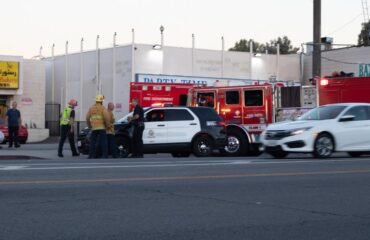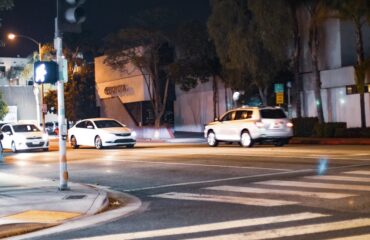In the middle of summer, it’s not unusual for teenagers to be staying up later, socializing more with friends and driving more during the nighttime hours. Driving after the sun goes down, though, is something that even experienced drivers know brings a special set of challenges. For inexperienced drivers, though, the darkness can be quite difficult to navigate safely and nighttime car accidents are an unfortunate presence in Delaware and elsewhere.
In general, there tend to be more car crashes at night than there are during the day. A combination of factors contributes to this: extremely decreased visibility, the fact that even familiar surroundings can look vastly different under the glare of headlights or streetlights, driver fatigue, driver impairment and so on. For drivers in the 16 to 17 age group, they are approximately three times as likely to be involved in a crash at night than during the day.
While some might think that these car collisions happen in the wee hours of the morning, research indicates teens don’t have to be out that late to increase their odds of getting in a wreck. Over 15 percent of teen driving crashes occur between the hours of 9:00 pm and midnight. In addition to the threat of getting in an auto accident, teens could also potentially get in trouble with the law: many towns have curfews meant to keep both teens and others safe.
For better or for worse, most of us just can’t avoid driving at night. Consistent practice with a responsible adult can go a long way towards familiarizing teen drivers with the special challenges of night driving. In addition, it’s important to families to discuss the dangers of other issues such as texting and driving, drunk driving, distracted driving, fatigued driving and drugged driving. No one wants to become a negligent driver – day or night, it’s helpful to know the risk posed by inexperience.
Source: The National Safety Council, “Teen Driver Risks: Night Driving,” accessed July 18, 2016





